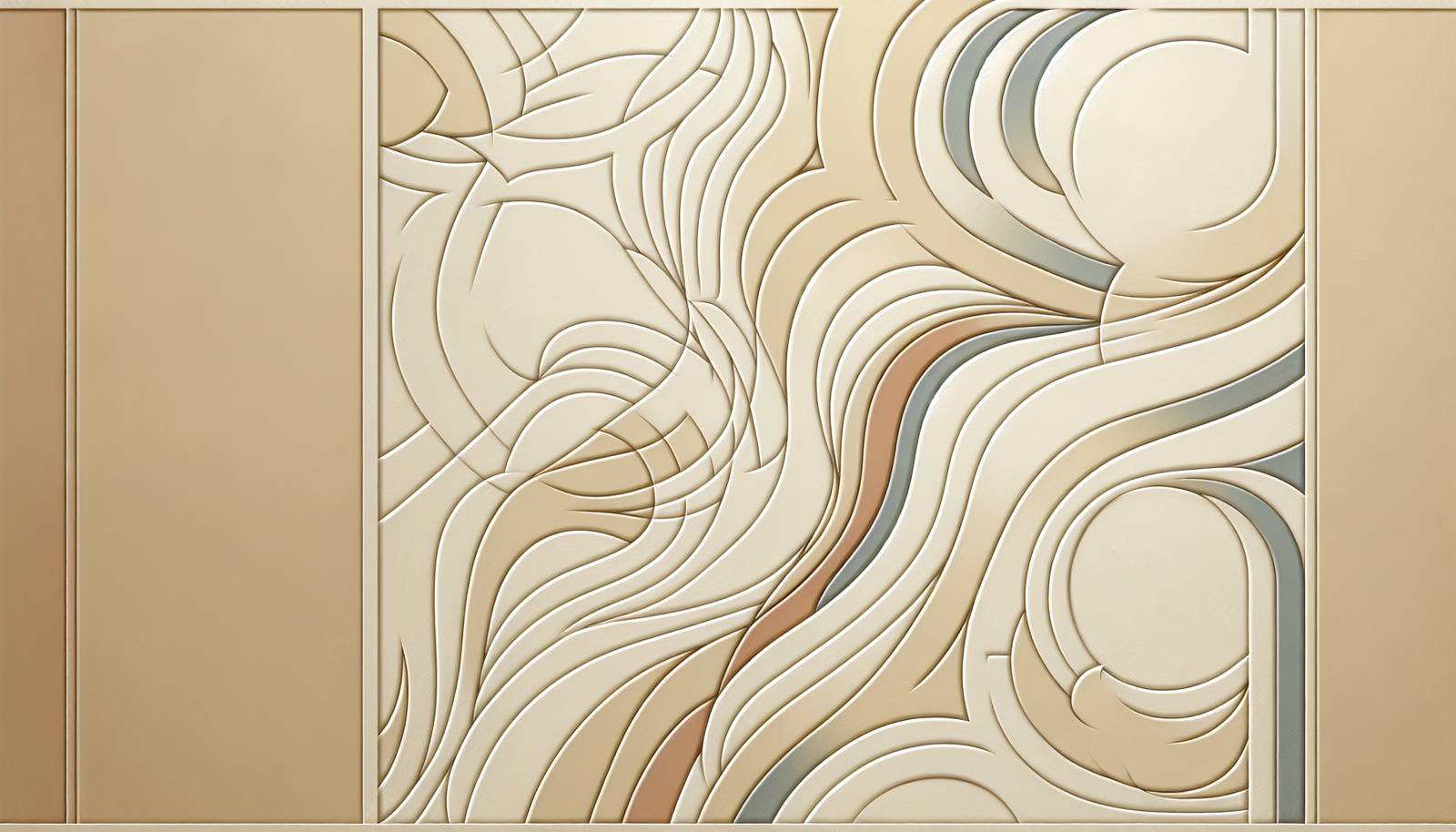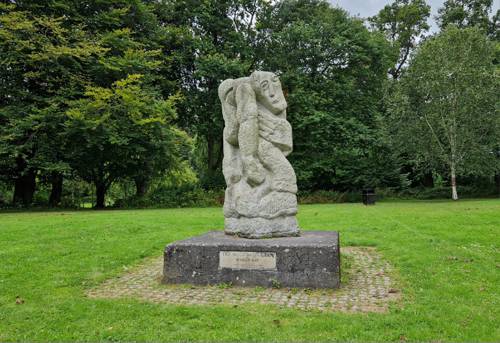
FAQ About The Role of Cultural Symbolism in Public Sculpture

What is the role of cultural symbolism in public sculpture?
Cultural symbolism in public sculpture serves to communicate, reflect, and enhance cultural identities, values, and histories. By incorporating symbolic elements, sculptures can evoke a sense of shared history and belonging, honor significant events or figures, and express communal ideals. This makes them vital components of public spaces, offering educational insights and fostering cultural continuity.

How do public sculptures enhance national identity?
Public sculptures enhance national identity by embodying icons, themes, or figures that resonate at a national level. They often reflect pivotal moments in a nation's history or highlight important cultural traits, thereby reinforcing a sense of pride and unity among citizens. Sculptures like national monuments or statues of national heroes become focal points for identity and remembrance, encouraging ongoing dialogues about national values.

Can public sculptures influence historical memory?
Yes, public sculptures play a crucial role in shaping historical memory by memorializing events, individuals, or ideologies. As permanent fixtures in public spaces, they serve as reminders of the past, prompting public reflection and dialogue. This ability to influence collective memory helps societies navigate their historical narratives, learning from the past while looking towards the future.

In what ways do public sculptures reflect community ethos?
Public sculptures reflect community ethos by featuring symbols and messages that embody the shared values and beliefs of the community. Local artists and leaders often collaborate to align sculptures with community ideals, such as inclusivity, resilience, or diversity. These artworks can become landmarks that encapsulate communal spirit, fostering a sense of unity and belonging among residents.

What are some examples of cultural symbols used in public sculptures?
Cultural symbols used in public sculptures can include national flags, mythical figures, historical icons, natural elements, or abstract forms that evoke cultural narratives. For example, the Statue of Liberty in the United States symbolizes freedom and democracy, while the Maori carvings in New Zealand reflect indigenous culture and spirituality. These symbols are often context-specific and deeply rooted in the respective cultures’ traditions and values.

How does public sculpture contribute to the educational landscape of a city?
Public sculptures contribute to the educational landscape by providing accessible artworks that educate the public about cultural, historical, and social themes. They act as visual textbooks, inviting viewers to engage with stories about pivotal events, cultural heritage, and societal values. Sculpture tours or plaques with descriptions often accompany these artworks, enhancing their educational value and encouraging community engagement.

What is the impact of public sculptures on tourism?
Public sculptures can significantly impact tourism by attracting visitors interested in art, culture, and history. Iconic sculptures often become must-see landmarks, drawing tourists from around the world. They contribute to a city’s cultural reputation and can enhance the overall visitor experience by offering unique photo opportunities and cultural insights, ultimately boosting local economies.

How are public sculptures involved in commemorating events?
Public sculptures commemorate events by marking anniversaries or honoring specific occurrences through meaningful designs and placements. They often serve as physical tributes to historical events, such as wars or social movements, providing a space for public ceremonies or acts of remembrance. These sculptures can participate in national or local commemorative practices, helping communities to acknowledge and learn from their shared historical experiences.

What materials are commonly used in creating public sculptures?
Materials commonly used in creating public sculptures include marble, bronze, steel, wood, and concrete. The choice of materials often reflects the intended symbolism, durability, and artistic vision of the piece. Bronze and marble are popular due to their historical association with durability and prestige, while modern artists may employ a range of materials, including recycled or indigenous resources, to convey specific cultural or environmental messages.

How does the location of a public sculpture affect its meaning?
The location of a public sculpture can significantly influence its meaning and impact. Placement in a historical site, a culturally significant area, or a bustling public plaza can enhance its symbolic resonance and accessibility. Strategic location helps in contextualizing the sculpture within its cultural narrative, ensuring that its message reaches the intended audience and adds to the fabric of the community’s identity.

How do artists integrate cultural symbolism into their sculpture designs?
Artists integrate cultural symbolism into sculpture designs through the thoughtful selection of imagery, form, material, and site. They often collaborate with historians, cultural leaders, or community members to ensure that the chosen symbols resonate authentically. By incorporating elements that reflect cultural narratives, artists create sculptures that not only appeal visually but also convey deeper meanings and stories, allowing for a multi-layered engagement with the audience.

Are there challenges in maintaining public sculptures and their symbolic meaning?
Maintaining public sculptures and their symbolic meanings can be challenging due to environmental factors, vandalism, and changing cultural interpretations over time. Ensuring the physical upkeep of sculptures requires ongoing conservation efforts, including cleaning and repairs. Additionally, as societal values evolve, the meanings attributed to certain symbols may shift, necessitating dialogue and, at times, reinterpretation or contextualization to preserve the sculptures’ relevance.

Can public sculptures create controversy?
Yes, public sculptures can create controversy, particularly when they address contentious historical figures or events. Different communities may interpret symbols and themes differently, leading to debate or disagreement. Controversial sculptures can stimulate public discussion about history, identity, and values, prompting communities to reconsider and reflect upon their past and the narratives they wish to convey.

What is the process of selecting a public sculpture for a specific site?
The process of selecting a public sculpture for a specific site typically involves several stakeholders, including artists, local government officials, community members, and cultural experts. Proposals are reviewed to ensure alignment with the cultural, historical, and aesthetic goals of the site. Public consultations may also be part of the process to gather community input, ensuring that the chosen sculpture resonates with and represents the community effectively.

How do public sculptures promote cultural diversity?
Public sculptures can promote cultural diversity by featuring artworks from various cultural backgrounds and styles, representing a multitude of voices and stories. By showcasing diverse narratives and symbols, these sculptures can enhance public understanding and appreciation of different cultures, fostering inclusivity and dialogue. This diverse representation can celebrate the multicultural nature of communities, enriching the cultural landscape and promoting harmony.

How can public sculptures impact civic pride?
Public sculptures can impact civic pride by providing citizens with a tangible connection to their cultural and historical roots. Well-loved sculptures become symbols of local identity, places where community members gather for cultural activities, celebrations, or protests. By embodying local values and histories, these artworks inspire pride and a sense of ownership among the populace, enhancing the overall attachment to their city or neighborhood.

Are there technological innovations affecting public sculpture design?
Technological innovations are significantly affecting public sculpture design. Advancements like 3D printing, virtual and augmented reality, and new material technologies allow artists to explore more complex forms and interactive experiences. These technologies not only expand creative possibilities but also provide new ways for audiences to engage with sculptures, potentially including digital interactions that enhance the symbolic communication of the work.

Can temporary public sculptures have a lasting cultural impact?
Temporary public sculptures can indeed have a lasting cultural impact by sparking public dialogue, experimenting with new ideas, and engaging audiences in unique ways. While their physical presence may be short-lived, the conversations and reflections they inspire can resonate long term, shaping public attitudes and future cultural projects. Temporary installations often address current societal issues, making them highly relevant and impactful during their lifespan.

How do public sculptures affect urban planning and development?
Public sculptures play a role in urban planning and development by enriching the aesthetic and cultural appeal of public spaces. They can attract visitors, enhance neighborhood identity, and serve as catalysts for community revitalization projects. Urban planners often integrate sculptures into designs to create vibrant and culturally engaging environments, contributing to a city's visual and cultural landscape.

What role do public sculptures play in promoting social change?
Public sculptures can promote social change by addressing social issues, raising awareness, and fostering dialogue. By featuring symbols or themes related to equity, justice, or environmentalism, sculptures can inspire reflection and action. Public artworks can become platforms for advocacy and education, highlighting societal challenges and encouraging communities to engage with and support change initiatives.
